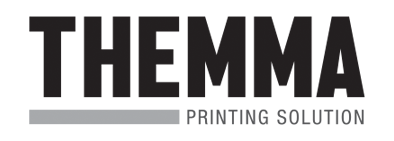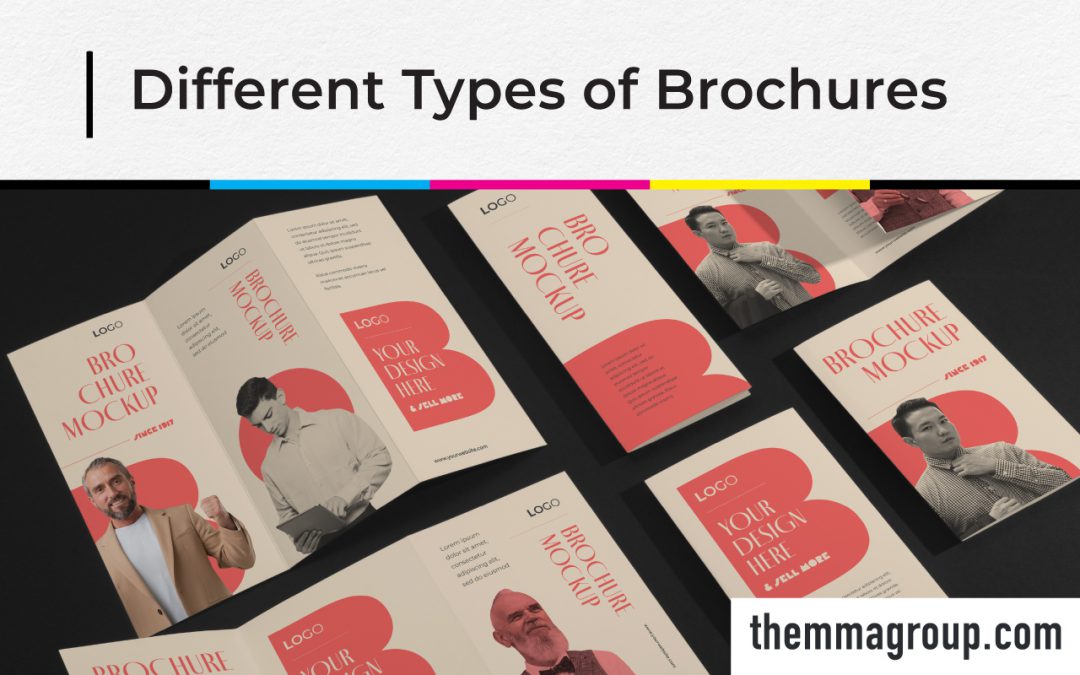What Are the Different Types of Brochures? And How to Set Pages on the Artboard in Adobe Illustrator
Summary
Brochures come in various fold types to suit different purposes. Half-fold (bi-fold) is simple and professional, ideal for company profiles. Tri-fold organizes six panels for guides or menus, while Z-fold and Accordion fold allow dynamic, sequential layouts. Double parallel and Roll folds handle dense or step-by-step content. Gate and double gate folds highlight central visuals, and Half-fold then tri-fold or Quarter/French folds manage detailed, multi-panel designs. Always adjust panel widths and rotate content as needed to ensure proper alignment during folding.
Half-Fold / Bi-Fold
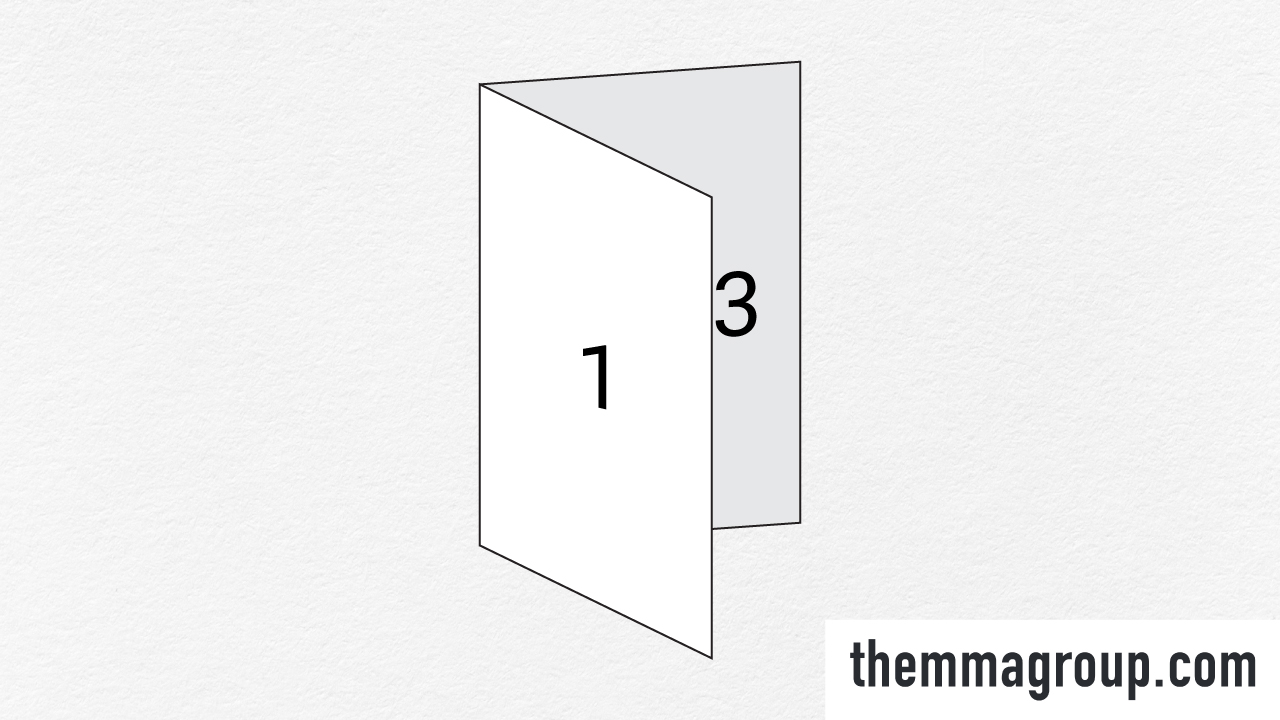
The half-fold, or bi-fold brochure, is one of the most popular formats for corporate use. It is made by folding a single sheet of paper in half, creating two panels and a total of four pages. This style is ideal for simple presentations, event programs, or company profiles. With generous space for large images, bold headlines, and straightforward content, it has become the go-to choice for businesses aiming for a professional appearance.
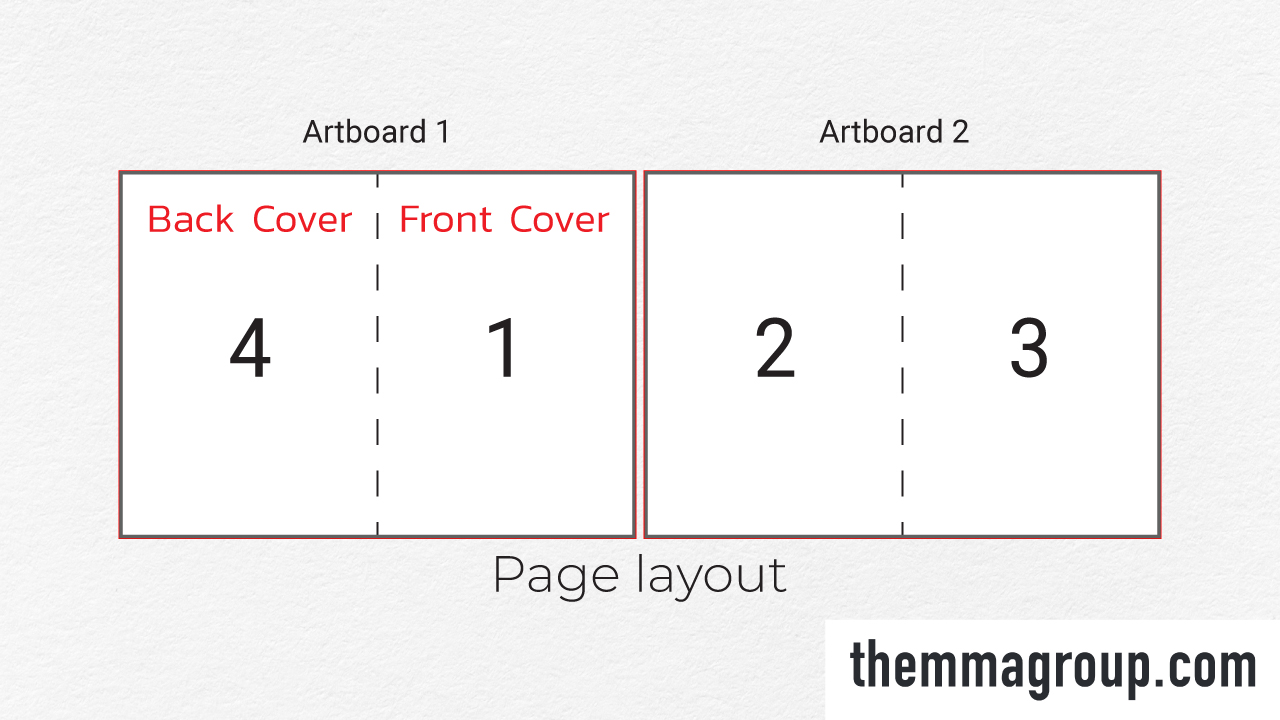
Page layouts from this format can also be referenced for designing book covers.
Tri-Fold (Letter Fold)
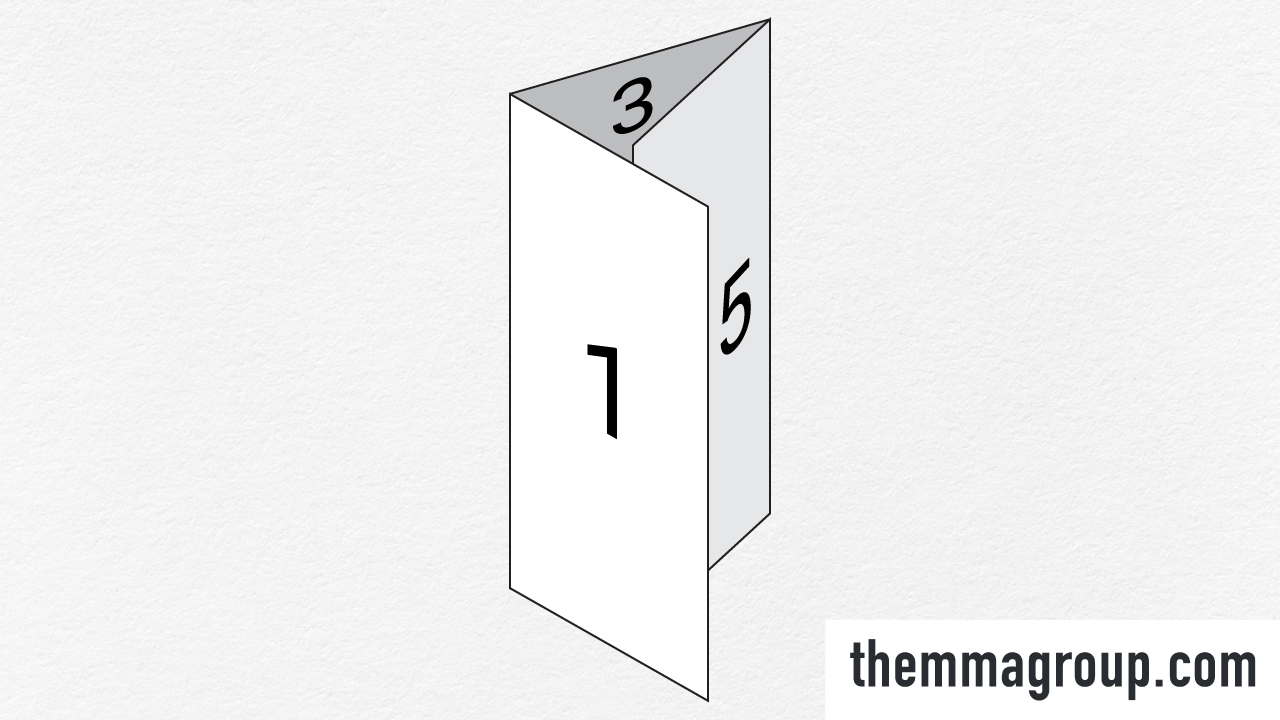
The tri-fold brochure is among the most widely used designs for marketing and informational materials. By folding a sheet into three equal sections, you get six compact and easy-to-navigate panels. It is commonly chosen for travel guides, product catalogs, and menus, as it effectively organizes content in a sequential manner.
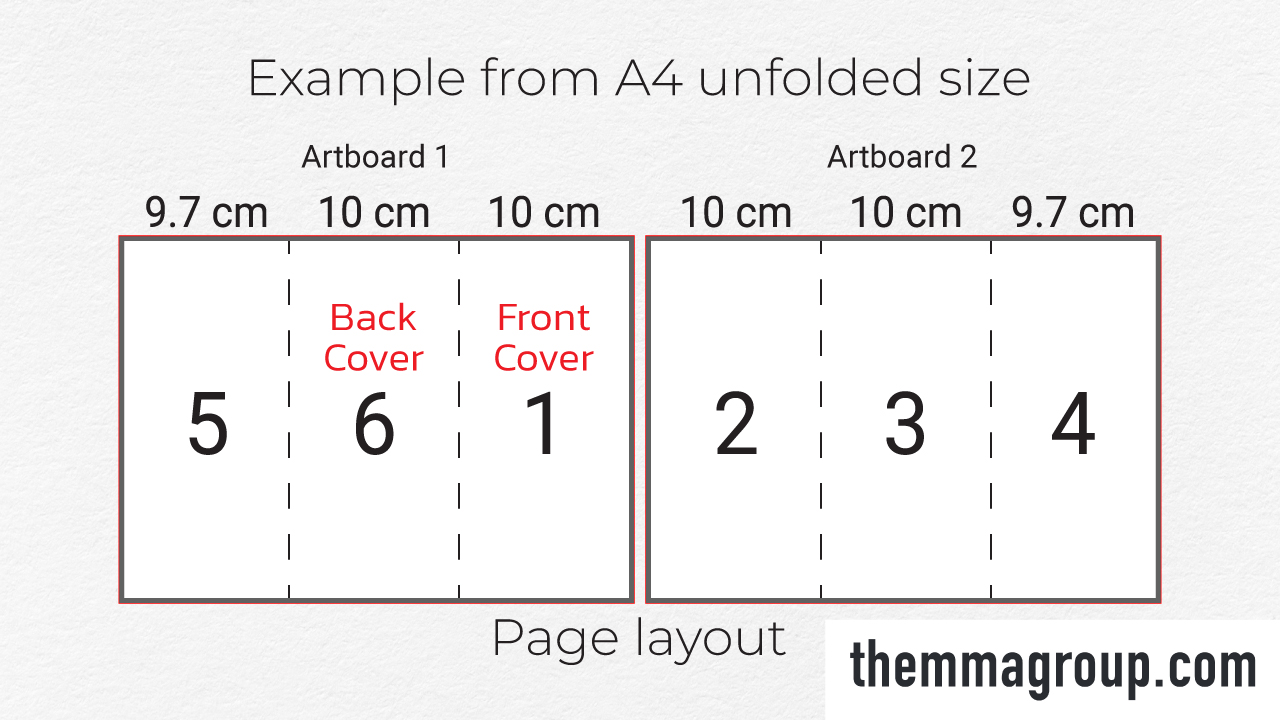
Design Note: In this fold type, the last panel should be 2–3 mm narrower than the others. This adjustment ensures that the final fold fits neatly inside, preventing the first and second panels from overlapping incorrectly. The thicker the paper, the more crucial this adjustment becomes.
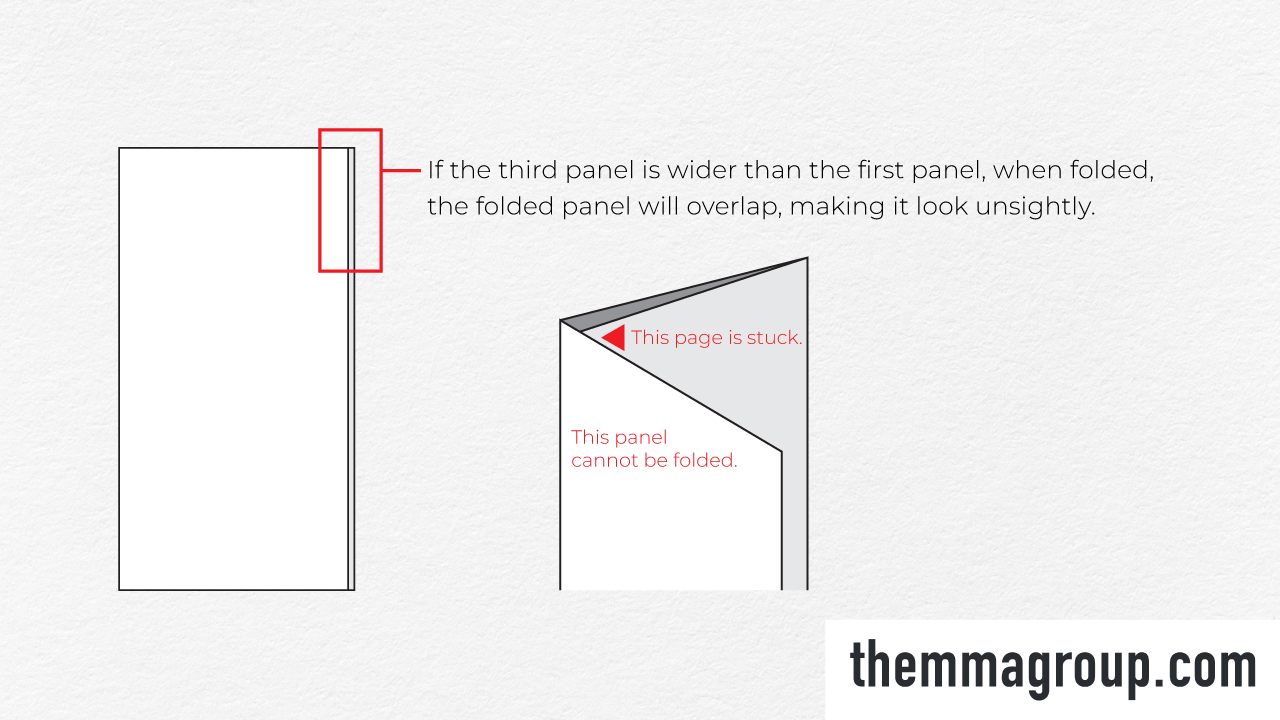
Z-Fold
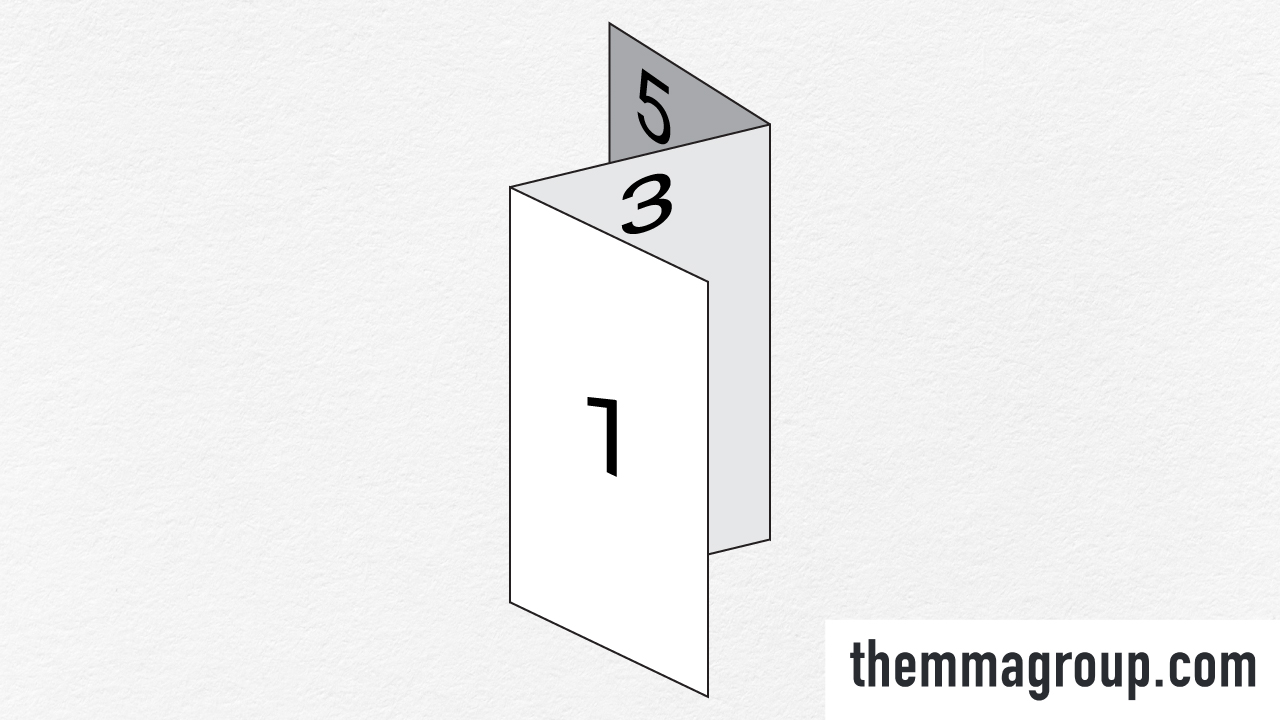
The Z-fold brochure opens in a zigzag pattern, featuring three equal panels. It is a popular choice for maps, invitations, and step-by-step instructions thanks to its clear and dynamic flow. This format is especially useful for travel itineraries or any design requiring a seamless reading path.
Unlike the tri-fold, all panels in the Z-fold are the same size, creating a balanced and cohesive look. However, extra care is required for page 4, which serves as the back cover. This added complexity often makes the tri-fold more favorable for straightforward designs.
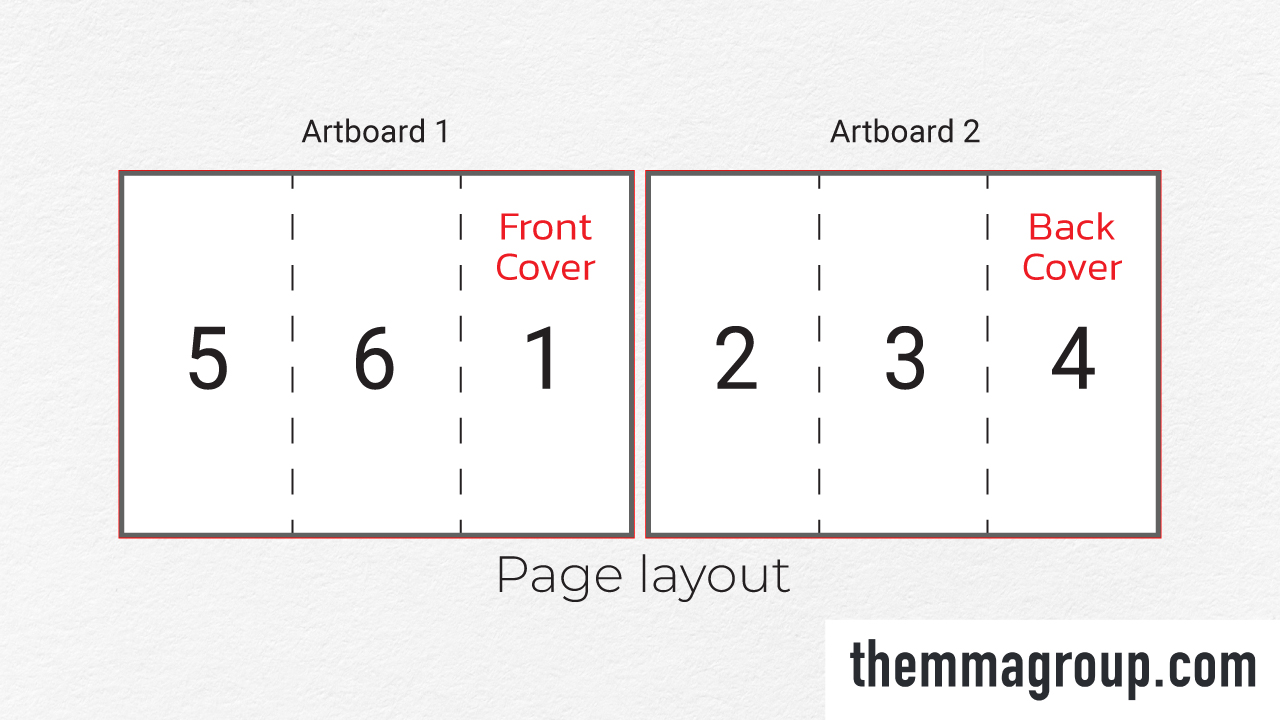
Accordion Fold
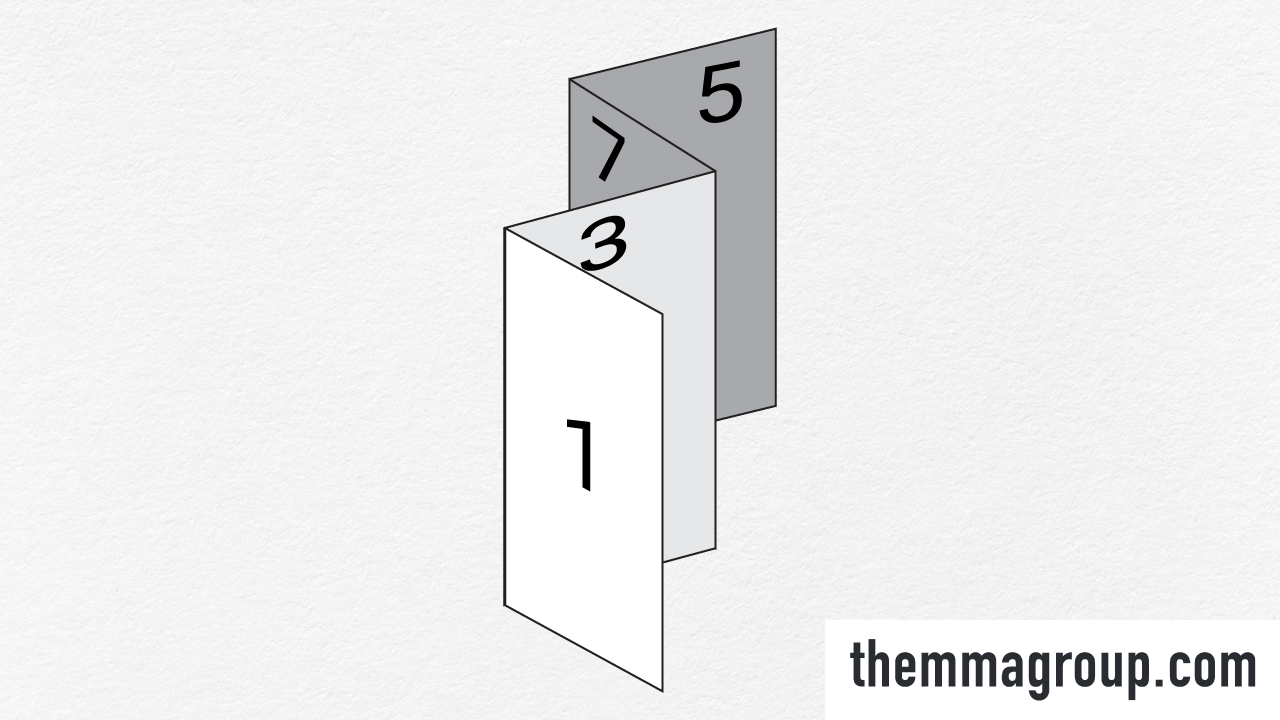
Similar to the Z-fold, the accordion fold extends to four or more panels, creating a fan-like sequence. This format is often used for event schedules or informational guides, as it neatly organizes detailed or lengthy content. It is especially popular in travel brochures and event guides where information needs to flow continuously.
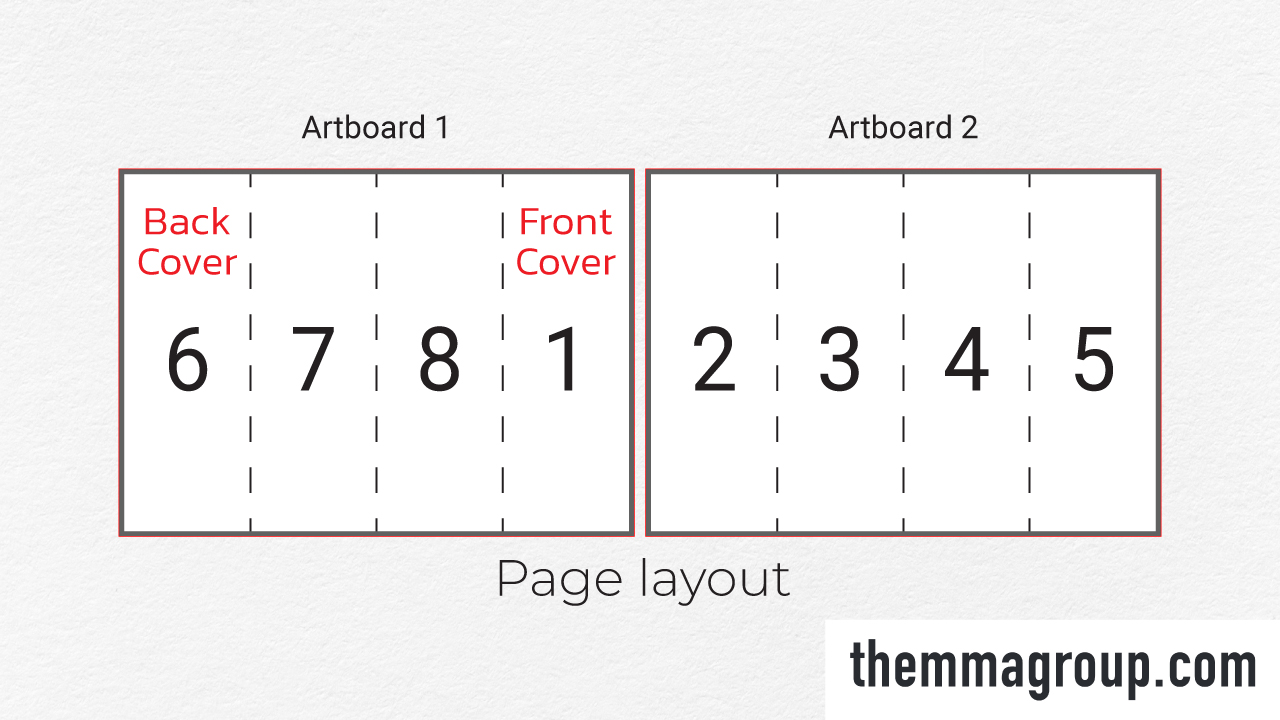
Double Parallel Fold
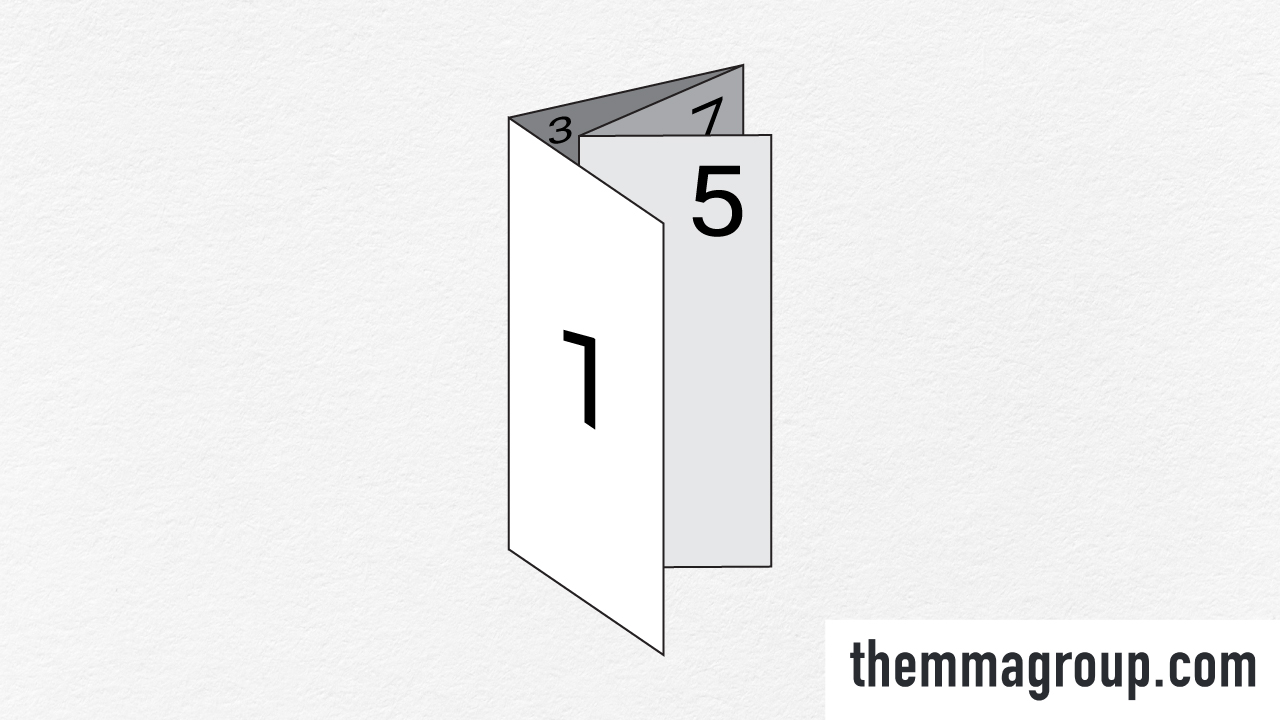
The double parallel fold is created by folding the sheet in half twice, resulting in four vertical panels. It is particularly suitable for brochures with dense information, such as educational resources, technical manuals, or detailed product descriptions. The format ensures a compact design while maximizing available space.
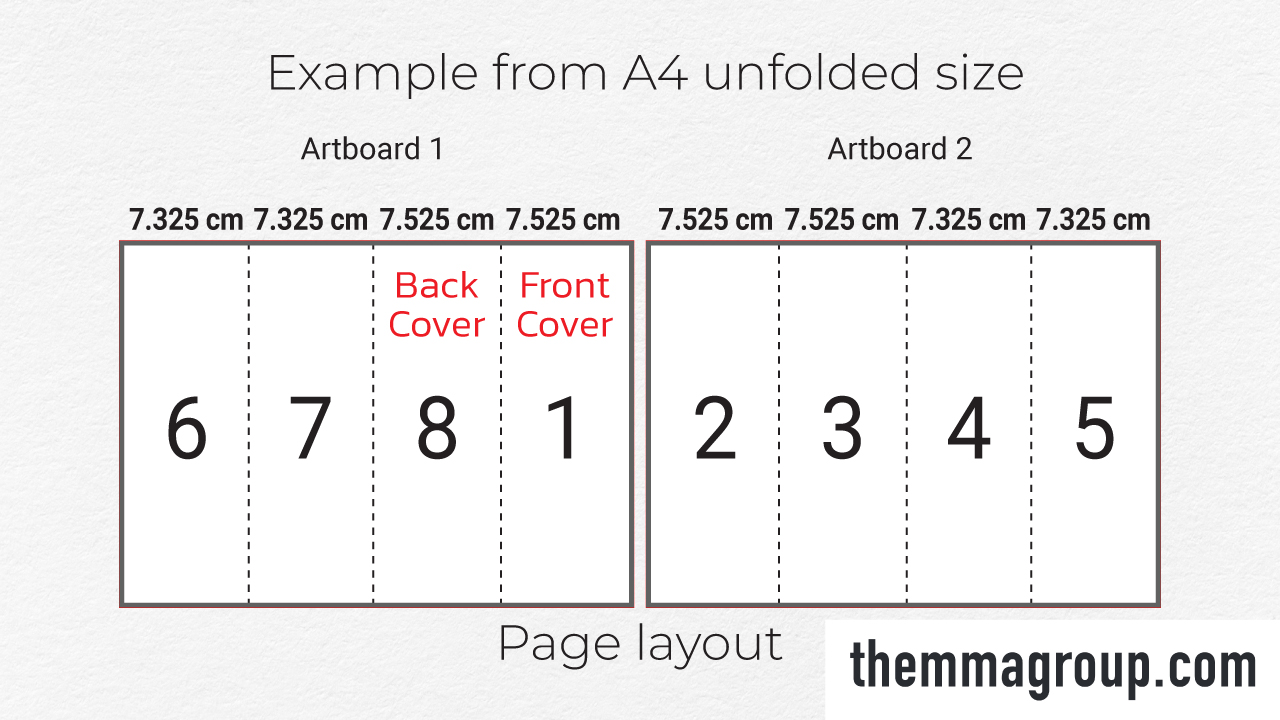
Design Note: The same caution as with the tri-fold applies here.
Roll Fold
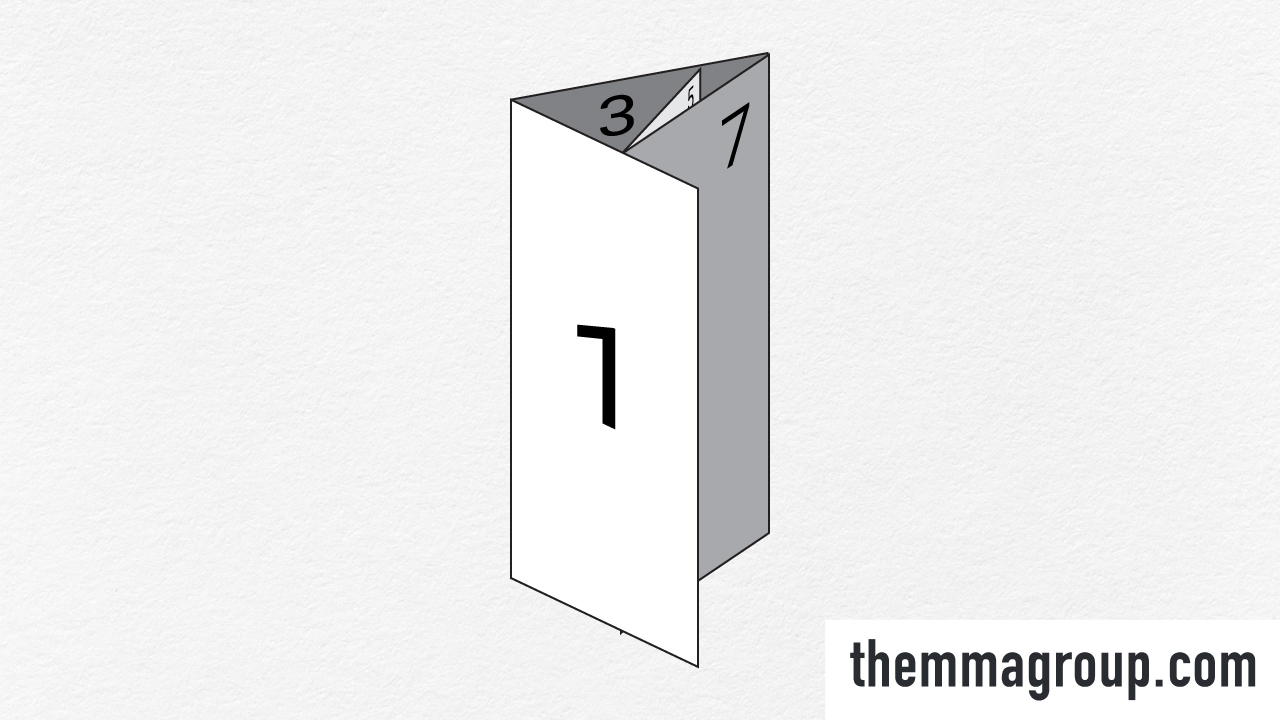
The roll fold brochure involves folding panels inward, one after another, to create a compact, multi-panel format. It works well for step-by-step tutorials, product showcases, or storytelling brochures where each panel builds upon the last to deliver a clear progression.
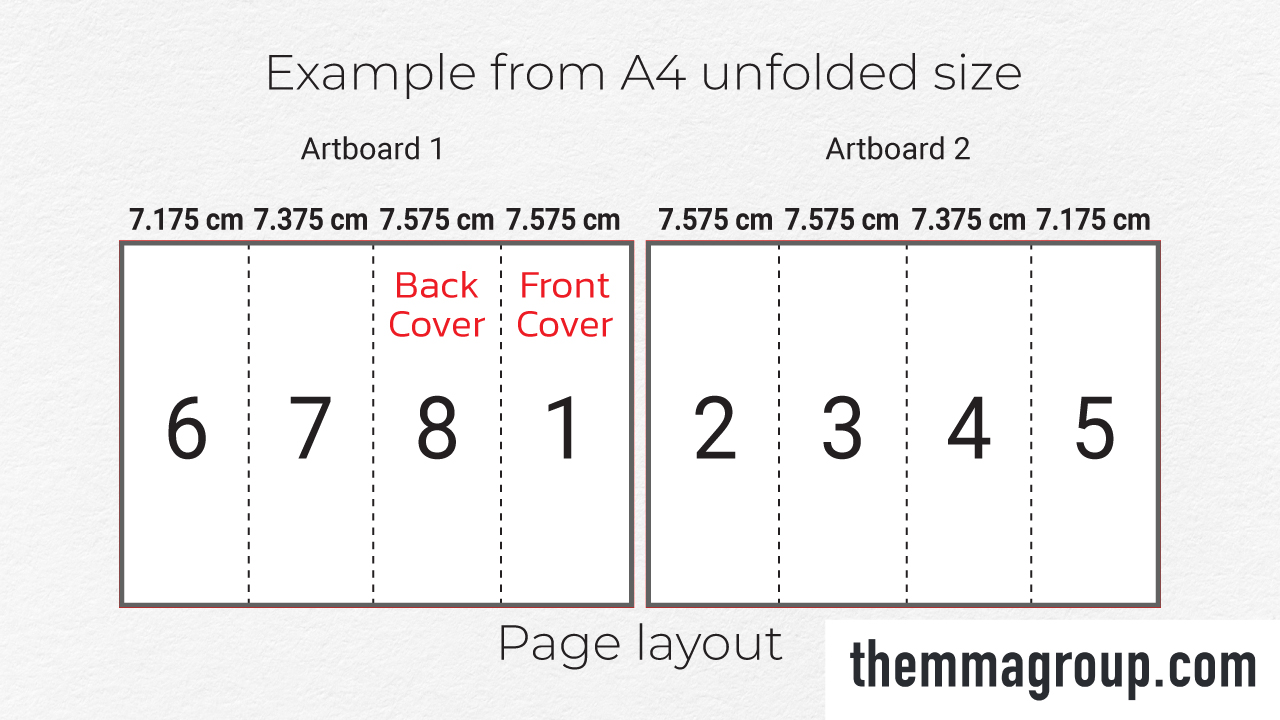
Design Note: Like the tri-fold, panel widths must vary slightly. The last panels (pages 5 and 6) should be the narrowest, followed by the third panel (pages 4 and 7). The first two panels (pages 1 and 2, and pages 3 and 8) should remain widest. If the paper is thick or the folds don’t align perfectly, the width of the first panel may be reduced by 0.5–1 mm to ensure a proper fit.
Gate Fold
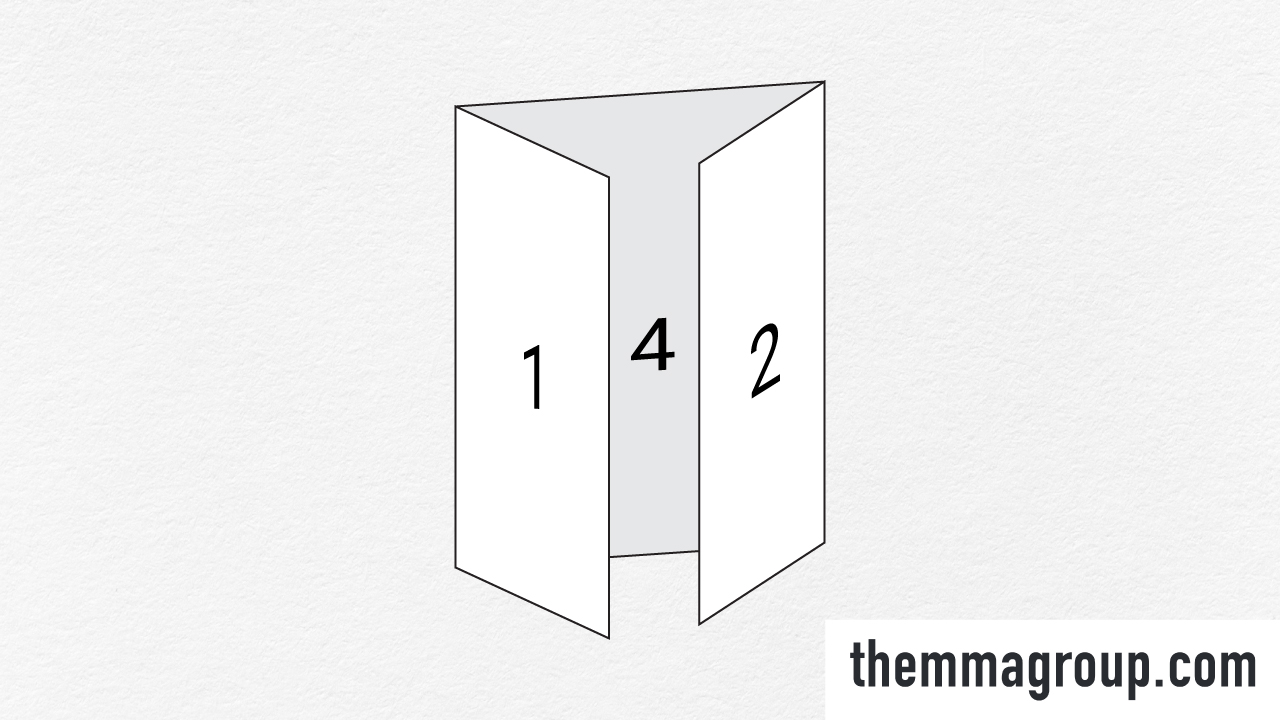
Gate-fold brochures feature two outer panels that fold inward to meet in the center, resembling gates. This design is suitable for brochures that need to emphasize important content in the center, such as key visuals or detailed information. The folded outer panels act as a “window,” creating an interactive and engaging element. Commonly used for luxury product promotions, event invitations, or exclusive offers, this format enhances the appeal of the brochure while providing a dramatic space for impactful messaging.
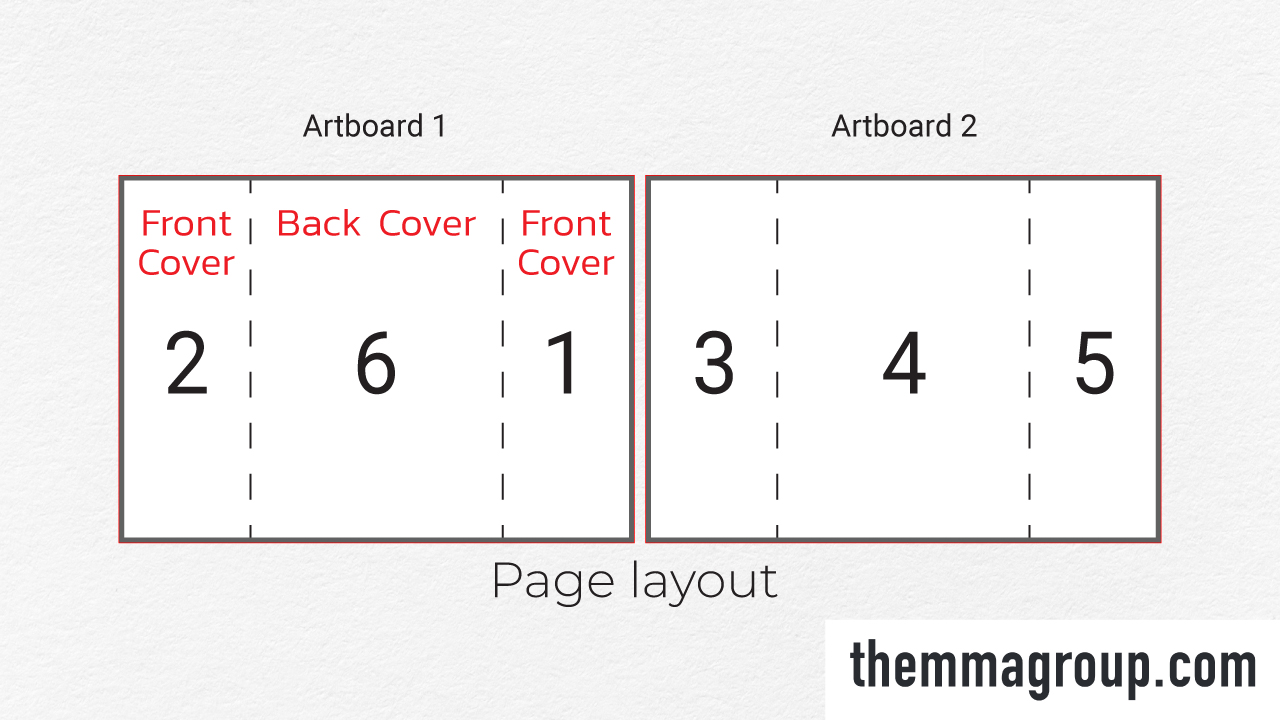
Design Note: If using thick paper or if the folds don’t align properly, increase the width of the left and right panels by about 0.5–1 mm each.
Double Gate Fold
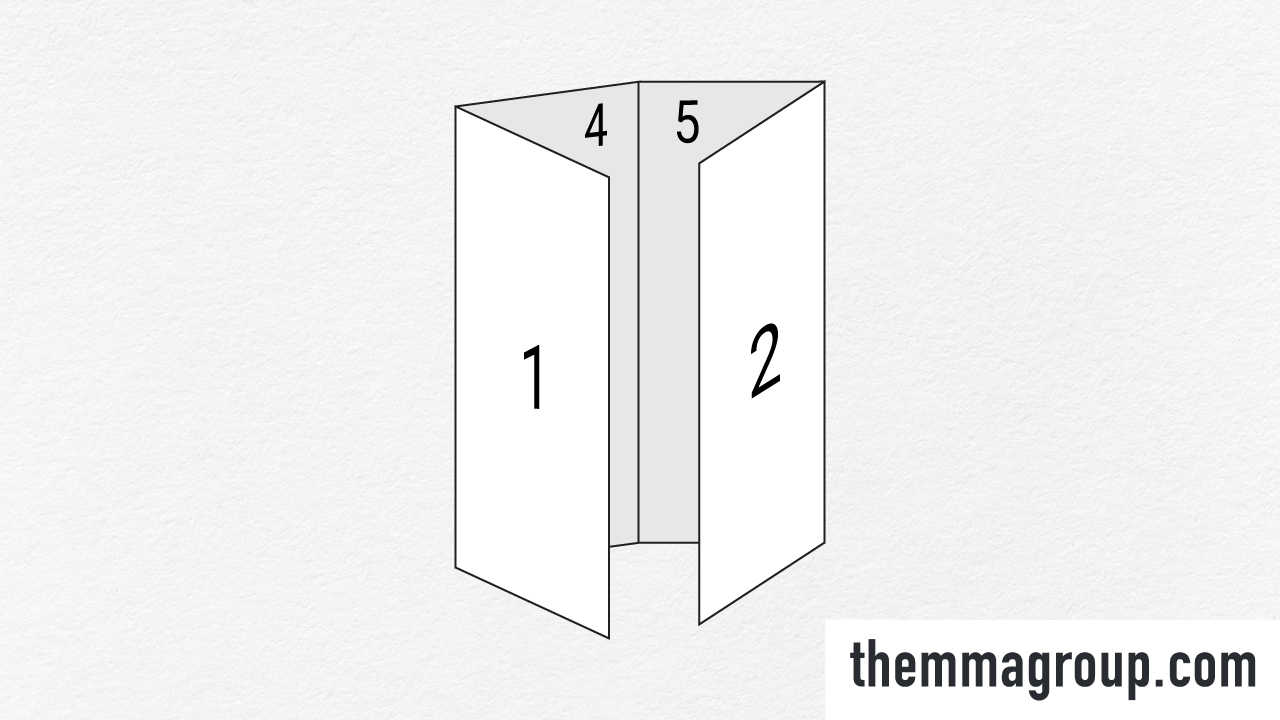
The double gate fold adds another layer to the standard gate fold by folding the brochure inward once more, creating eight panels. It is perfect for detailed content such as real estate portfolios, large event schedules, or luxury product collections, while maintaining a sophisticated appearance.
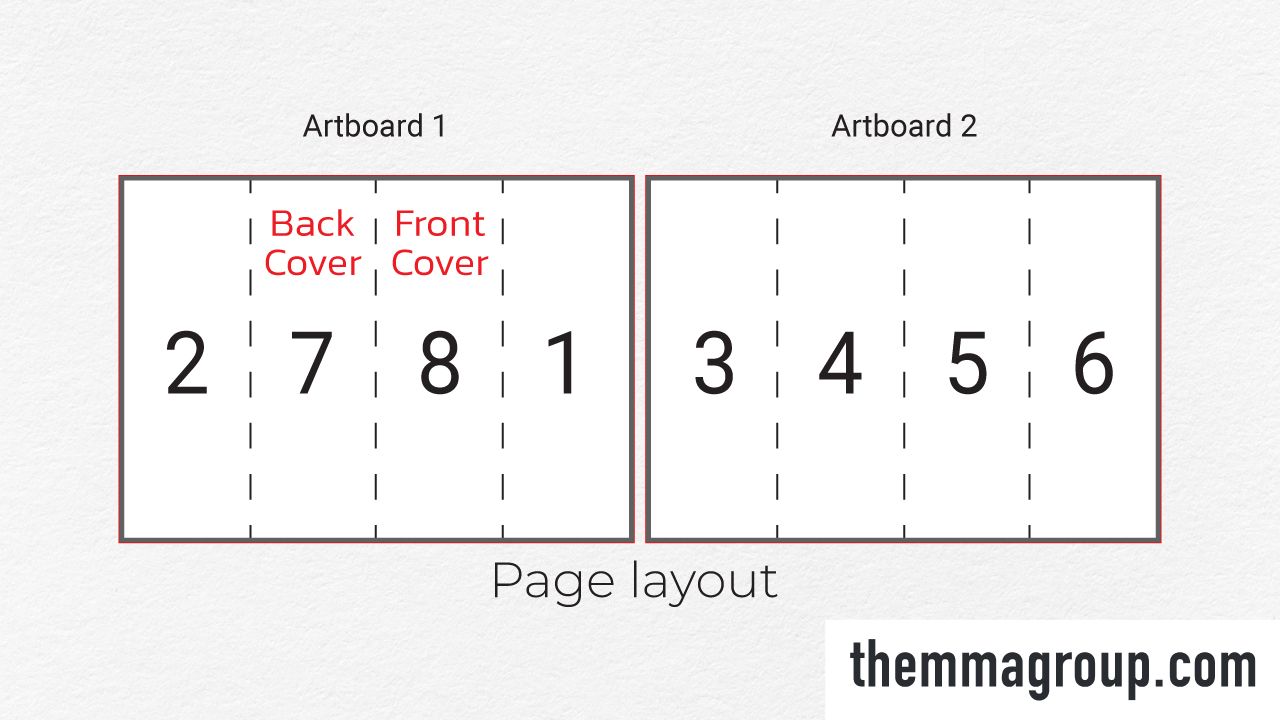
Design Note: Reduce the width of the first panel (pages 1 and 3) and the last panel (pages 2 and 6) by 1–2 mm so they fold inward smoothly.
Half-Fold & Then Tri-Fold
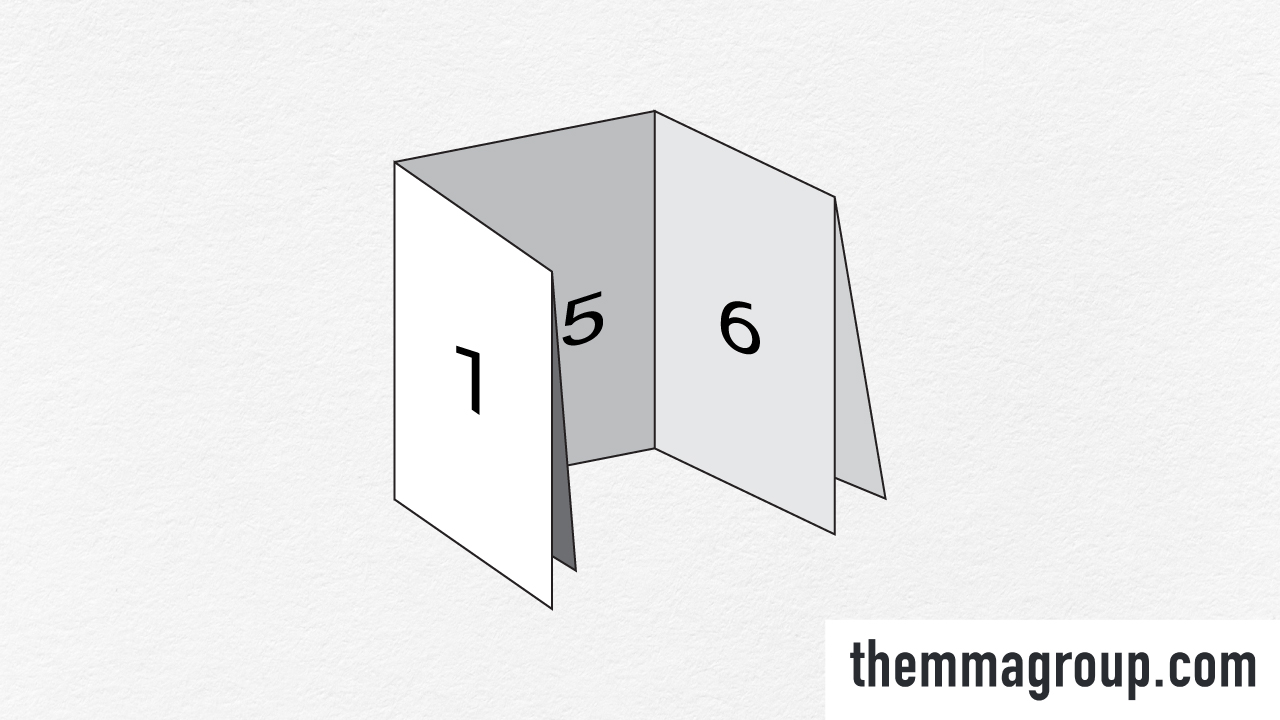
This brochure combines a half-fold followed by a tri-fold, resulting in eight compact panels. It provides ample space for catalogs, diagrams, or maps, making it ideal for content-heavy brochures that still need to stay organized and portable.
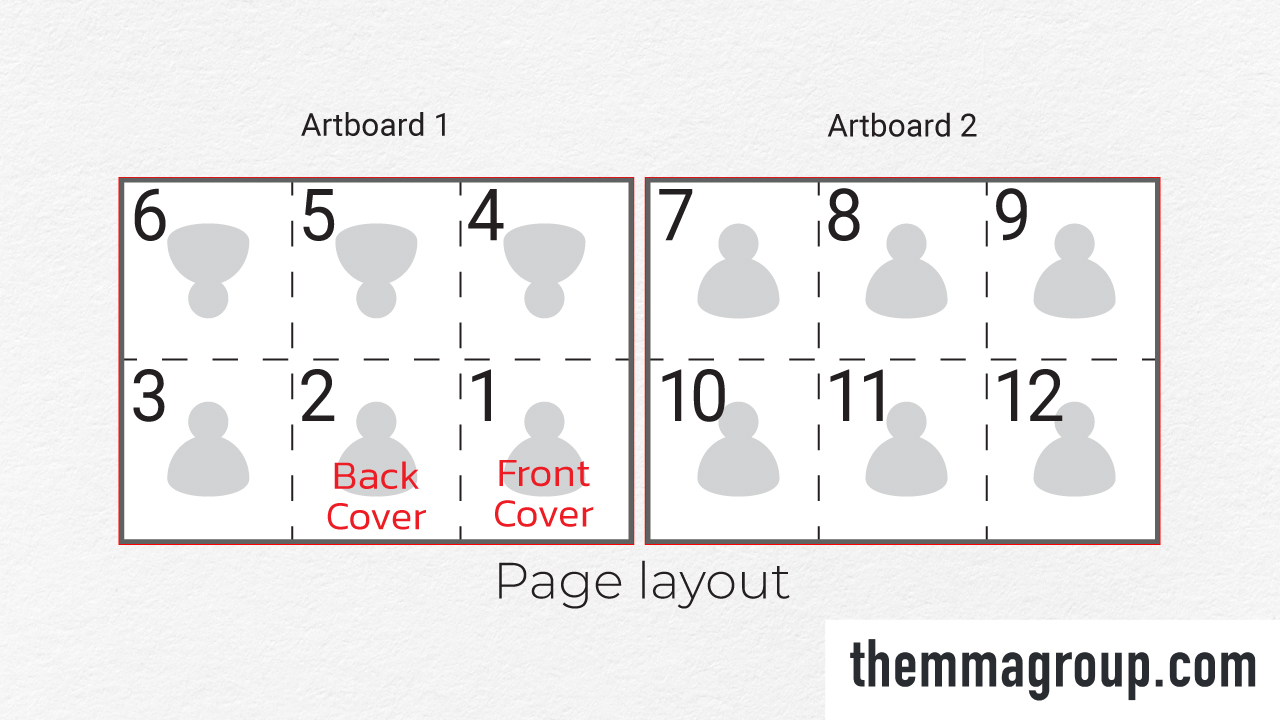
Design Note: Content placement is key. For pages 4, 5, and 6, if they are not continuous with pages 1, 2, and 3, rotate the content upside down before printing. This ensures alignment without repeatedly unfolding the brochure. Since this fold resembles a tri-fold when closed, the last page (page 3, 6, 9, or 12 depending on layout) should be 1–3 mm wider than the others.
Quarter Fold / French Fold
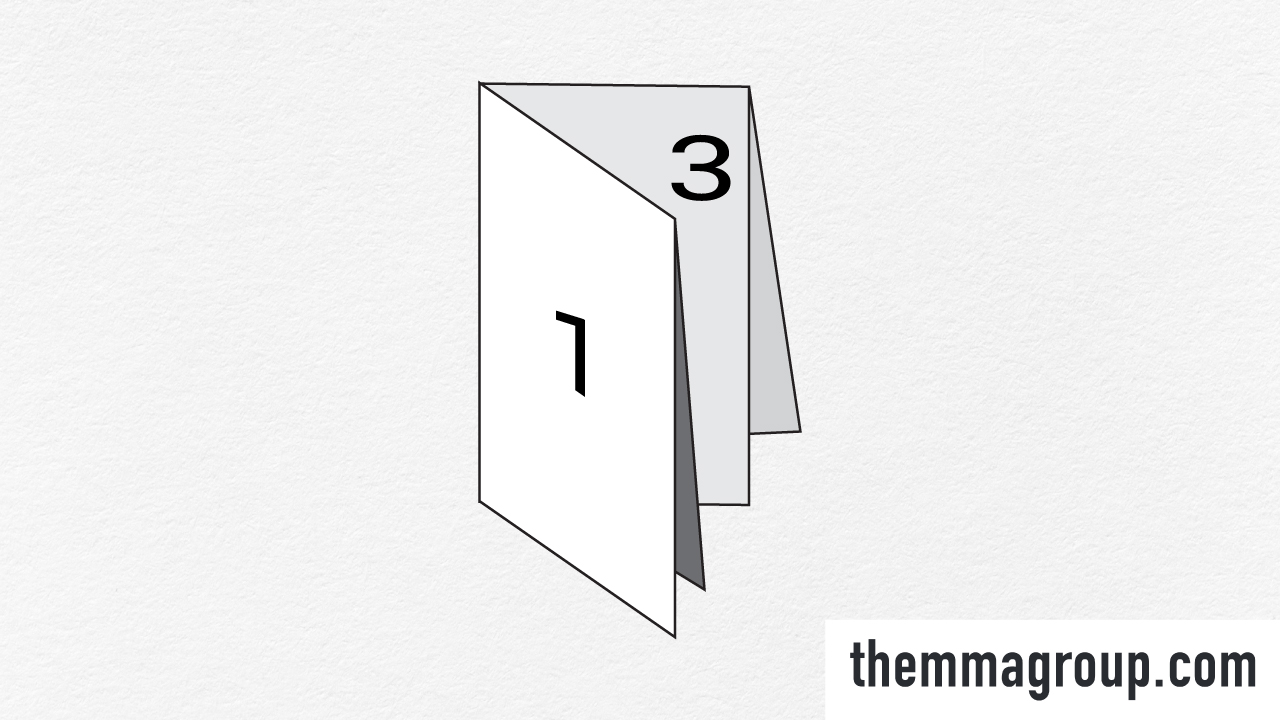
Also known as the French fold, the quarter fold involves folding a sheet in half horizontally and then vertically, creating four equal sections. This simple yet practical design is often used for maps, event programs, or compact product lists. It unfolds easily and refolds just as smoothly.
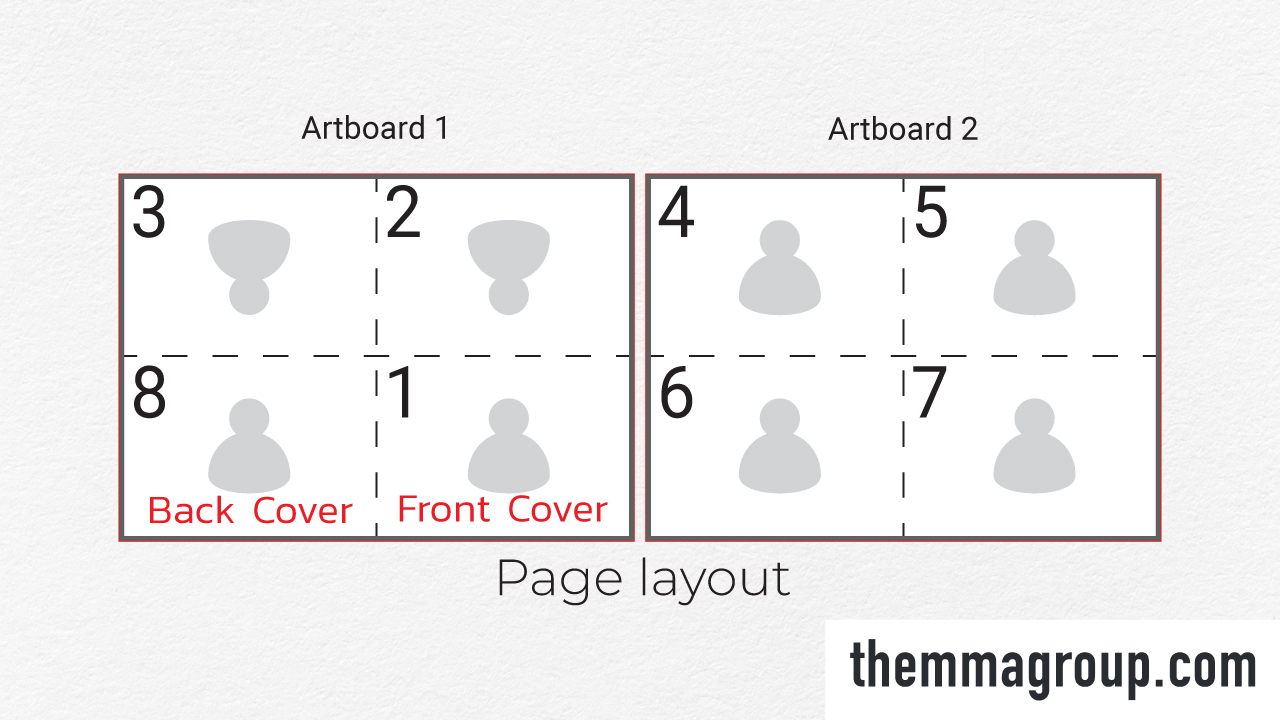
Design Note: Follow the same precautions as with the half-fold and tri-fold combination.
Contact Us:
No matter how large or small a request, please feel free to contact us using the form below or send us an e-mail. Our team will respond to your request as soon as possible.
Themma Group Co., Ltd.
Address : 829 Soi Pattanakarn 97, Pattanakarn Rd., Prawet, Bangkok 10250
Phone : +662 722 9255
Fax : +662 722 9144
Email :info.themmagroup@gmail.com
Themma Group Co., Ltd.
829 Soi Pattanakarn 97, Pattanakarn Rd., Prawet, Bangkok 10250
Phone : +662 722 9255
Fax : +662 722 9144
Email : info.themmagroup@gmail.com
